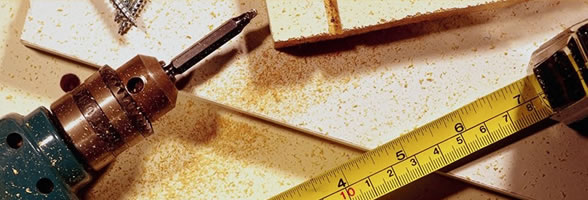
Cell Structure
CELL STRUCTURE
Microscopes:
- First type of microscope used was a ‘simple microscope’.
- It had only one lens similar to a magnifying glass.
- A ‘Compound microscope’ consists of 2 lenses-an objective lens and an eyepiece lens.
- Both simple and compound microscopes use light to show the image.
Differences between the two main types of microscopes:
|
Light Microscope |
Transmission Electron Microscope |
|
1)uses light rays to pass through a thin section of specimen. |
1) sends a beam of electrons through a very thin specimen. The electrons are focused using magnets onto the specimen. |
|
2) Maximum magnification= X1,000 |
2)Max magnification=X250,000 |
|
3)Less Detail |
3) Much greater detail |
|
4)Portable |
4) Not Portable |
|
5) Less expensive |
5) More expensive |
CELLS:
- A cell is the smallest unit of living matter that exhibits the characteristics of life.
- All cells have structures in common to carry out basic life processes.
- Structural similarities and differences exist between cells of different organisms of all the major groups.
CELL STRUCTURE:
As seen using light microscope:
|
PART |
FUNCTION |
|
NUCLEUS: |
Contols the activities of the cell Contains the chromosomes (made of DNA and protein) Role in cell division |
|
CYTOPLASM: |
Suspends the cell organelles A medium for chemical reactions. |
|
CELL MEMBRANE: |
Retention of cell contents Is semi permeable (ie. It controls the passage of substances into and out of the cell based on size) Allows diffusion Allows osmosis
|
Plant only:
|
PART |
FUNCTION |
|
CHLOROPLAST: |
Photosynthesis |
|
CELL WALL: |
Made of cellulose, it gives strength and support to the cell Fully permeable |
|
VACUOLE |
Contains a fluid called sap Stores sugars salts gases and water Gives support to cells when turgid. |
CELL ULTRA STRUCTURE:
As seen using T.E.M miscroscope:
CELL MEMBRANE STRUCTURE:
NUCLEUS STRUCTURE
MITOCHONDRION STRUCTURE:
CHLOROPLAST STRUCTURE:
